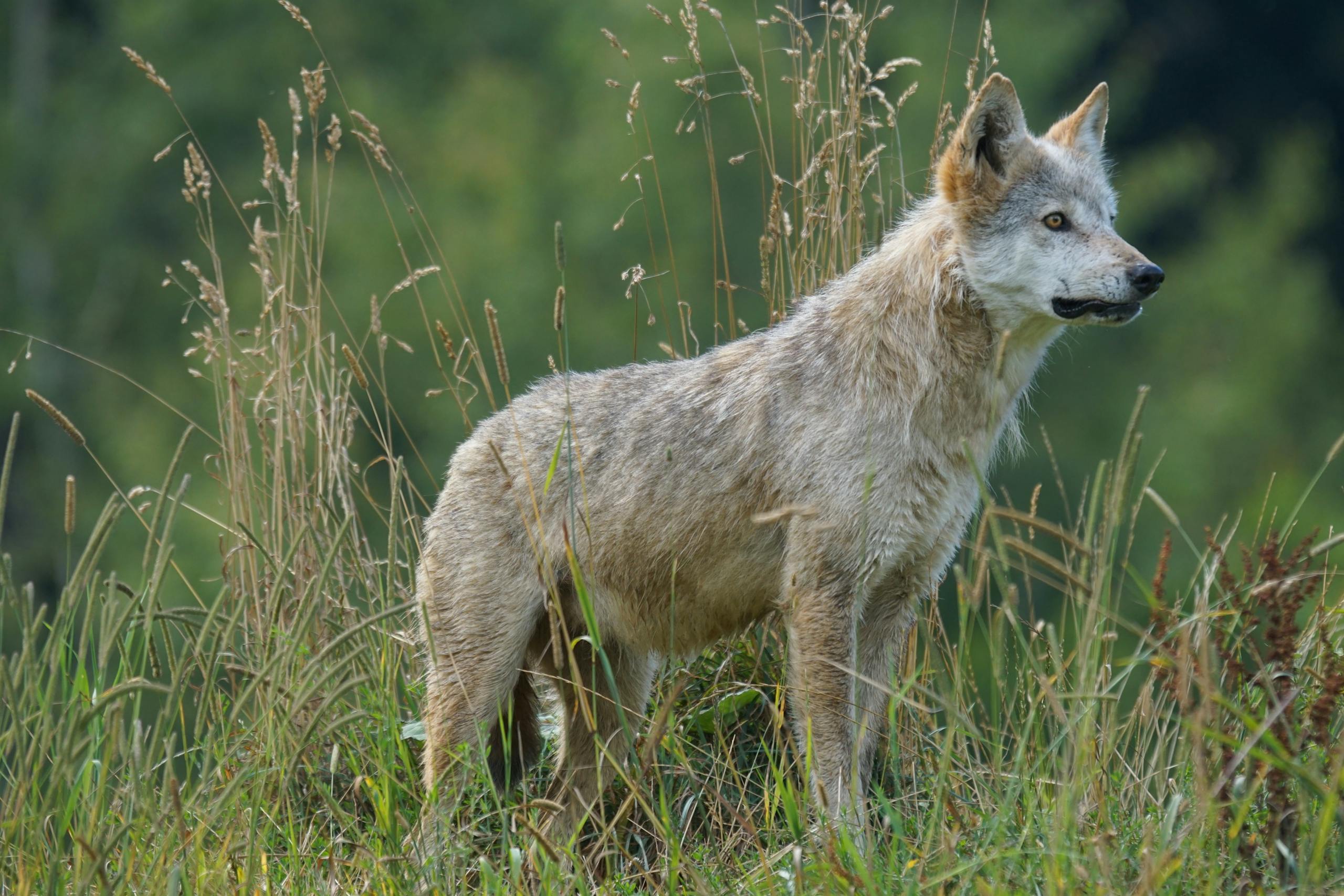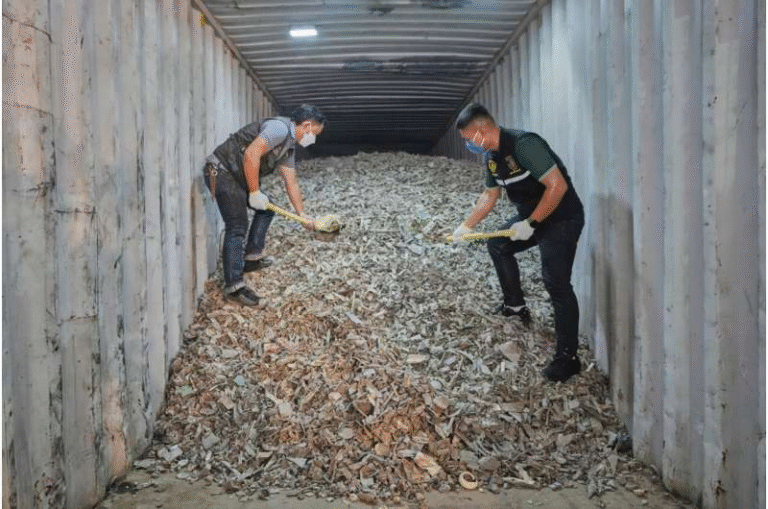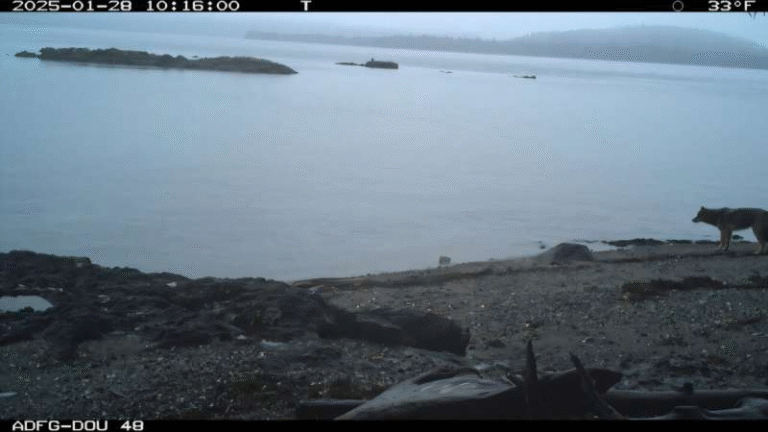California Removes Entire Wolf Pack After Cattle Attacks in Sierra Valley

In a rare and controversial move, California wildlife officials euthanized four gray wolves and plan to relocate three more after repeated livestock attacks in Sierra Valley, roughly 100 miles northeast of Sacramento. The action, carried out earlier in October 2025, marks the first time in over a century that the state has killed wolves—an event that’s now sparking a heated debate between ranchers, conservationists, and policymakers.
According to the California Department of Fish and Wildlife (CDFW), the wolves belonged to the Beyem Seyo pack, which had become unusually aggressive toward cattle. Over a seven-month period, between late March and mid-October, the pack was confirmed to have killed at least 87 cattle—more than any other wolf group in neighboring states, including the roughly 200 wolves in Oregon that together killed fewer livestock in an entire year.
Why the Wolves Were Killed
The decision came after months of nonlethal deterrent efforts—all of which failed. State and federal biologists tried nearly every known technique to stop the wolves from attacking cattle. Over 18,000 hours were spent across 114 days in the field using fladry (flags that deter predators), drones, vehicles, foot patrols, diversionary feeding, and night patrols to scare the wolves away. Despite those massive efforts, the Beyem Seyo pack’s behavior didn’t change.
By September, officials concluded that the wolves had become fully habituated to hunting livestock, a behavior that could easily spread to their young pups. That posed a risk not only to local ranchers but to the long-term recovery of wolves across California.
CDFW Director Charlton Bonham said that this decision wasn’t made lightly. Biologists had consulted with the U.S. Fish and Wildlife Service (USFWS) before proceeding, since wolves remain protected under both California state law and the federal Endangered Species Act. The agencies agreed that the pack’s behavior was “highly unusual” and warranted removal.
How the Operation Was Carried Out
The operation began around October 11. Using helicopters, wildlife officers tracked the wolves from the air. Three adults were tranquilized and later given lethal injections on the ground. A six-month-old pup was mistaken for an adult and shot from a helicopter, resulting in its unintentional death.
Of the nine wolves originally in the pack—three adults and six juveniles—four were killed in total. The state now plans to capture and relocate the remaining three juveniles to a wildlife sanctuary where they will not continue the cattle-hunting behavior of their parents.
Biologists later found the remains of two additional pups, which appeared to have died of natural causes before the operation began.
Reaction from the Community
For ranchers in Sierra Valley, the news brought a sense of relief after months of exhaustion. Many had been staying up through the night to protect their herds, sleeping in pickup trucks and patrolling open fields. Local officials described the summer as “a siege,” with daily discoveries of dead cattle creating panic and financial strain.
Residents reported wolf sightings near homes and even backyards, and one wolf was said to have attacked an elk on a homeowner’s porch—an event that deeply rattled the small community.
While ranchers saw the decision as a much-needed step, environmental groups called it a tragedy. Defenders of Wildlife and the Center for Biological Diversity both argued that the outcome could have been prevented if early nonlethal interventions had begun back in January 2024, when the first attacks were reported.
Conservationists worry that this sets a dangerous precedent for how the state handles predator conflicts. They argue that wolves remain critically endangered in California, and every death slows their recovery.
The Bigger Picture: Wolves in California
The gray wolf’s return to California is a remarkable conservation story. After being hunted to local extinction over 100 years ago, wolves began returning to the state in 2011, when a lone wolf known as OR-7 wandered south from Oregon. Since then, California’s wolf population has grown to an estimated 50 to 70 individuals, spread across 10 established packs.
These packs are protected under state and federal endangered species laws, meaning individuals cannot legally harm or harass them unless in direct self-defense. Because of these protections, managing wolf-livestock conflicts is a delicate process.
When wolves began preying on cattle in the Sierra Valley, the CDFW initially saw their presence as a sign of successful rewilding. But as the attacks escalated, that optimism turned to alarm. Officials emphasized that removing the Beyem Seyo pack was necessary to prevent further damage and to ensure the overall success of the species’ recovery.
Why Wolves Hunt Livestock
Wolves are apex predators that typically hunt deer, elk, and other wild ungulates. However, they are also opportunistic. If wild prey becomes scarce—or if cattle are easier targets—they can adapt quickly.
Experts say that once a pack begins to associate cattle with easy food, the behavior becomes learned and reinforced, particularly among juveniles. This learned behavior can spread if the young wolves disperse and form new packs, perpetuating livestock conflicts elsewhere.
That’s why biologists stress early intervention. Preventing habituation through proactive deterrence—like fladry, guardian dogs, and frequent human presence—is far more effective than trying to reverse it later.
A Difficult Balance: Conservation and Coexistence
California’s wolf management dilemma highlights a tough truth: coexistence between predators and people is complicated. Wolves are ecologically vital, helping to balance deer populations and restore ecosystems, but their return also brings economic and emotional stress for rural communities.
For ranchers, a single wolf attack can mean thousands of dollars in losses, not to mention sleepless nights. For conservationists, every wolf death feels like a setback in a decades-long effort to restore a species nearly wiped out by human hands.
The CDFW maintains that the removal of one aggressive pack will not derail the broader recovery. Other wolf packs in the state remain healthy, with at least four breeding pairs currently active. Officials say that the long-term survival of wolves in California still looks promising.
Lessons for the Future
This case underscores the need for strong collaboration between ranchers, wildlife agencies, and conservationists. Effective wolf management means acting early, sharing data, and ensuring that both wolves and humans can coexist safely.
It also raises questions about how far protection laws should go. As wolf numbers grow, more conflicts are likely. States like Oregon, Idaho, and Montana have already relaxed their wolf protections, allowing limited hunting or lethal removal under specific conditions. California, however, continues to enforce strict protections—but this recent decision could mark a turning point in policy discussions.
As wolves continue to expand their range in the West, their story will remain one of resilience, controversy, and adaptation—both for the animals and the people who live alongside them.
Research Source: California Department of Fish and Wildlife – Wolf Management Action in Sierra Valley (October 2025)





